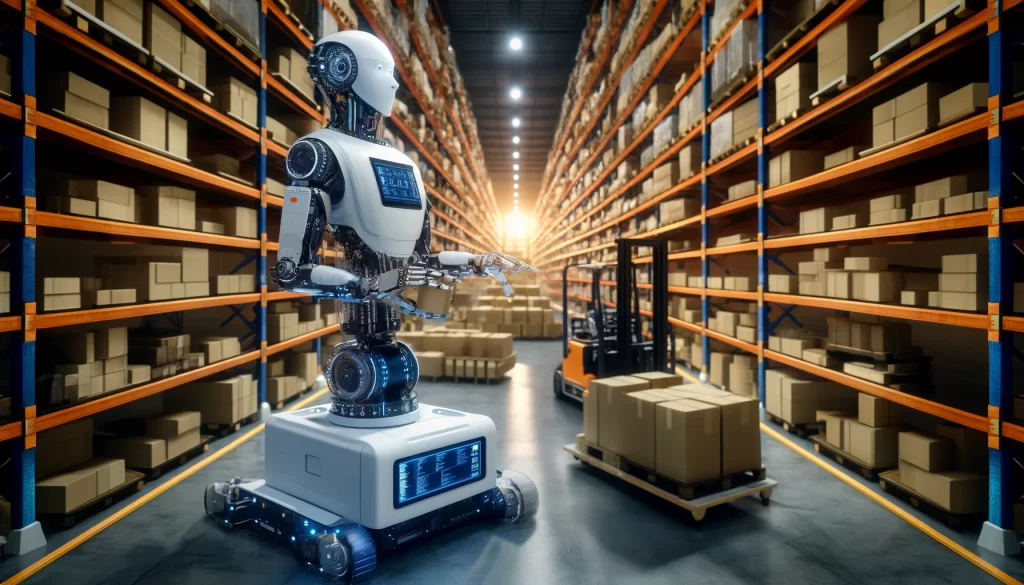As artificial intelligence (AI) and machine learning (ML) technologies advance, supply chain leaders are evaluating the potential benefits and real-world applications of these tools in their operations.
Embracing AI and ML Amidst Hype
The buzz around AI and ML in the supply chain sector is intense, with CEOs and industry leaders exploring how these technologies can streamline operations and replace manual tasks. Dr. Mike Watson once predicted that most advanced analytics would soon fall under the AI umbrella, a prophecy that has largely come to fruition.
Composite AI: The Next Frontier
Gartner’s top supply chain technology trends highlight Composite AI, a sophisticated approach that combines multiple AI techniques to enhance learning efficiency, knowledge representation, and problem-solving capabilities, ultimately driving supply chain performance.
Real-World Applications: A Closer Look
While AI’s potential is widely touted, concrete examples of successful implementations in supply chain management are still emerging. Initial applications include customer support chatbots for shipment tracking and load booking, but these are just scratching the surface of AI’s capabilities.
Innovative Case Studies
- Celonis and Mars have collaborated to use generative AI for optimizing freight consolidation, a task traditionally managed by Transportation Management Systems (TMS) without AI.
- An unnamed company employs AI to audit contracts and invoices, ensuring they capitalize on rebates and discounts, a process that was previously manual and labor-intensive.
- ThredUp utilizes AI in distribution centers to enhance throughput and productivity, though details on the specific improvements over traditional systems are limited.
AI-Powered Chatbots: A Glimpse into the Future
Uber Freight and FourKites are developing chatbots that enable shippers to ask conversational questions about their freight, such as route delays and service level comparisons. These tools are evolving to provide actionable recommendations for cost reduction and shipment acceleration.
The excitement surrounding AI in the supply chain may overshadow current achievements, with many advancements likely to be incremental. However, the integration of AI is progressing, and the era of supply chain systems engaging in dialogue with users is on the horizon. Supply chain directors must discern the practical value of AI tools and strategically implement them to enhance their operations.





